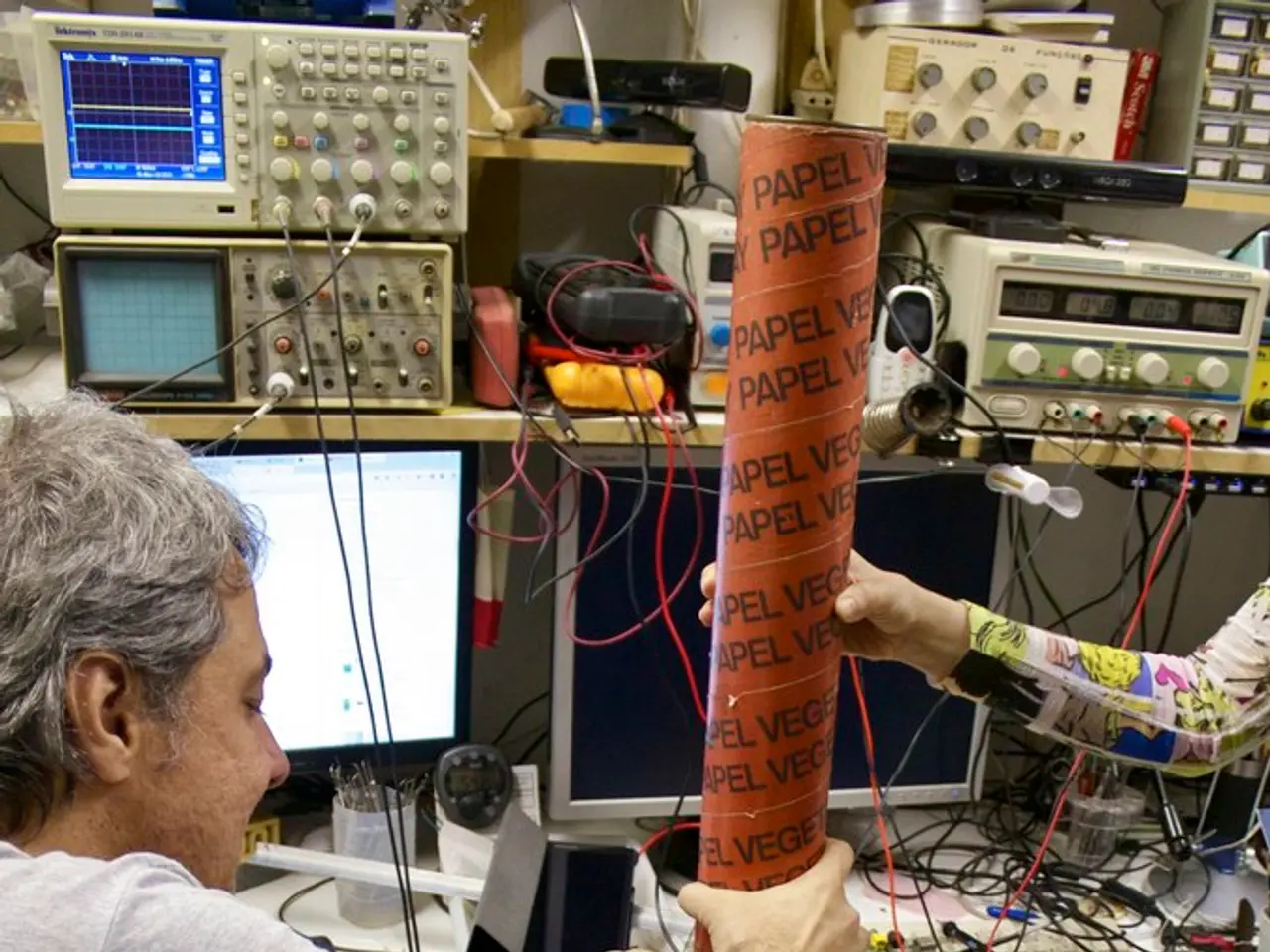Idleness as a Powerhouse: Insights from Neuroscience on Purposeless Activities
In a world that celebrates constant productivity and stimulation, a surprising ally in the realm of creativity and emotional intelligence has emerged: boredom. Neuroscience research reveals that this often-maligned state plays a crucial role in enhancing creative problem-solving and innovation.
During moments of boredom, the brain's default mode network (DMN) activates, a network that supports introspection, imagination, and the unconscious processing of experiences. This state allows the brain to integrate information, generate novel ideas, and enter creative "flow" states that are essential for innovation.
Research indicates that when engaged in focused tasks, brain areas responsible for fear and self-criticism decrease activity, particularly during creative flow, allowing freer idea generation without self-judgment. This supports the idea that downtime or daydreaming is not idle but rather a necessary phase where the brain incubates ideas and synthesizes past experiences into new insights.
Boredom provides important benefits beyond just creativity. It promotes independence of thought, emotional regulation, and helps rebalance an overstimulated nervous system. These effects are critical for maintaining a mental state conducive to innovation, as constant busyness and overstimulation can stifle creative processes.
The modern obsession with continuous productivity creates a cognitive environment that is fundamentally misaligned with how the brain naturally processes information. To combat this, neuroscientists suggest implementing regular intervals without screens or digital engagement, known as stimulation fasting. Designating specific hours (particularly morning and evening) for DMN activation can also be beneficial.
What we label "boredom" actually represents a sophisticated shift in neural activity, not a reduction in cognitive processing but rather a transition to different processing modes optimized for integration and innovation. During this transition, the brain activates sophisticated processing systems devoted to memory consolidation, pattern recognition, and creative association.
Regular exposure to boredom strengthens neural pathways between the prefrontal cortex (responsible for executive function) and the limbic system (responsible for emotional processing), improving the ability to regulate emotional responses. This improved emotional regulation translates to measurable improvements in emotional intelligence metrics, including stress resilience, impulse control, and empathic accuracy.
In summary, allowing the brain to rest and experience boredom is not a waste of time but rather an essential component of the creative process and innovation. This downtime fosters an altered state of consciousness where ideas emerge organically, emotional regulation improves, and the brain resets itself to tackle problems more effectively. Embrace boredom, and let your mind wander—it might just lead to your next great idea.
Technology and science have increasingly recognized the value of boredom in fostering creativity and emotional intelligence, often overlooked states in high-stimulation, productivity-driven societies. Health-and-wellness practices and mental-health management can be improved by incorporating periods of downtime or boredom, as this allows the brain to enter states conducive to memory consolidation, creative association, and emotional regulation.




